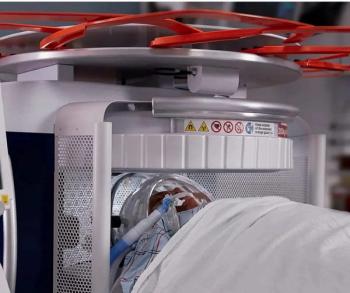
Radiology errors in spine MRI reports remain undetected
The number of unidentified, not corrected errors in radiology reports of spine MRIs is significantly higher than that of corrected errors, according to a study presented at the RSNA meeting on Monday.
The number of unidentified, not corrected errors in radiology reports of spine MRIs is significantly higher than that of corrected errors, according to a study presented at the RSNA meeting on Monday.
Researchers obtained more than 2 million radiology reports of spine MRIs from January 2006 through December 2007 from Massachusetts General Hospital in Boston. They found 14 reports with addended errors, or errors identified after the report was signed. They found 20 unaddended errors, or errors not identified.
Half the addended errors were related to the wrong region (cervical versus thoracic, for example), 43% had the wrong vertebra number (vertebra number eight instead of nine, for instance), or both. In 2006 it took between five and seven days to correct an error; in 2007 it took between 11 and 13 days.
Nearly half the errors occurring in all the reports (47%) were probably or definitely clinically important.
Implications of the study include a potential role for software applications like natural language processing to identify errors at the time of dictation or final signoff, said Dr. Minal Jagtiani, a research fellow at MGH.
"Guidelines could include annotating the level of specific lesions on the images and then tagging them with the reports so they can be flagged if the annotation doesn't match up with the report," she said.
Lastly, radiologists should check for errors and encourage colleagues to correlate the level of radiological lesions with clinical complaints and images, she said.
Newsletter
Stay at the forefront of radiology with the Diagnostic Imaging newsletter, delivering the latest news, clinical insights, and imaging advancements for today’s radiologists.


























